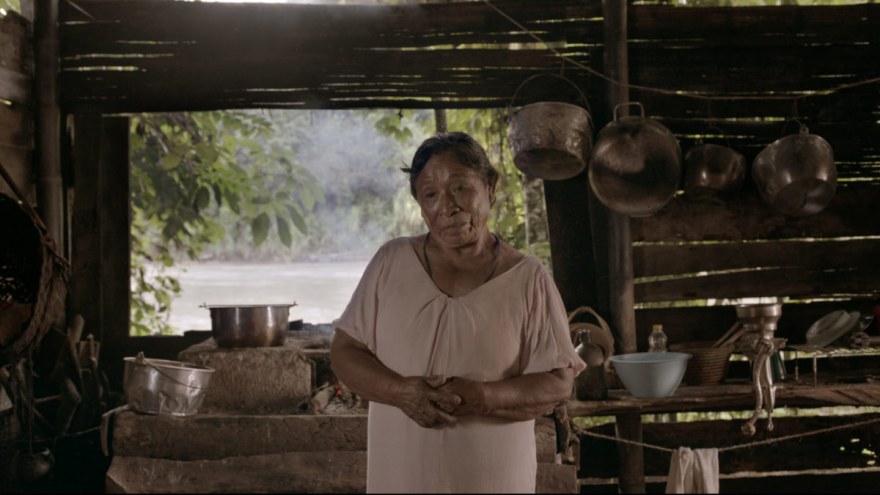Lunch with Tierra Mojada
An interview with Juan Sebastián Mesa, director of Tierra Mojada
Where did you set Tierra Mojada ? What cameras did you use?
We shot the film in the Cauca river canyon, located in Antioquia, in Colombia. To shoot the film, we used an Arri Alexa mini.
How did you get the inspiration for this film? Do you personally know people who have suffered forced expropriation?
I wrote the story when a displaced community of more than 200 people decided to occupy my university for more than seven months as a form of protest. They were families dedicated to fishing, agriculture, archery and artisanal mining from the 12 municipalities where Hidroituango has an impact – the largest hydroelectric project in the country. All of them had to abandon their land in the name of development and now they carried in small suitcases what little they could take from their homes amid the evictions carried out by state agents. In my mind, the faces of these families were fixed, faces full of uncertainty and impotence that wandered through my university, reminding us daily of the injustice that can be done in name of progress. It was eight months during which we learned to share and show solidarity with their tragedy, eight months of coexistence with the faces of forced displacement, indifference and uprooting.
Why do you depict this scene from a child’s perspective?
I was interested in the child’s perspective because it is the bond that unites the present of history with the future, an uncertain future. He is a mestizo character, who remains as the last vestige of a place and a culture that threatens to disappear.
Why is he being so silent in this situation?
I wanted to experiment a new approach to the narrative, going from dialogue as a transversal axis, to a story that is told through the details, details that we do not necessarily see, but in their absence, new questions are born. The strength of this story lies largely in what is not said, in what is not seen. In this specific project I was interested in achieving a psychological depth through image and sound, which surpasses any rhetorical discourse, transporting the audience to other narrative dimensions.
How did you work on the colors?
My first feature film was in black and white. With this new project I wanted to work with color not only as an aesthetic element but also as a narrative element. I took as a reference the work of several photographers that I admire, including Richard Mosse. I was interested in using color as the representation of death and life coexisting in one place that is about to disappear. We started an exploration with different cameras that could allow us to reach the color we wanted. We also explored different techniques to achieve the change of color in the image. After several attempts we came to the Lichtenberg figures as a method of incorporating the red color into the plants.
How much are you interested in human rights and will you make further films on this theme?
I am interested in human rights but not necessarily all my projects are permeated by this topic so directly. Colombia is a country with a great problem of inequality and lack of human rights. We have many stories that are inevitably related to it. But in my case, beyond making films as a pamphlet, I am more interested in talking about what I see and what moves me as a human being. And this is not necessarily directly related to a political agenda.
What sort of freedom would you say the short format allows?
Of course. Short films give you the freedom to take more risks. This short film allowed me to experiment in many ways. It was a narrative challenge in which I did a synthesis exercise, trying to minimize the story, extracting its core, which is sometimes difficult because we are accustomed to the classic narrative structures of feature films. The story is based on testimonies from people I interviewed. It could be said that it is a reconstruction exercise. Many of the places we tried to portray have already disappeared and it was a challenge to find them. The houses as they described them no longer exist and we had to build the house where we were going to shoot. The jungle sites near the Cauca river have almost disappeared. It was a challenge for the whole team.
If you’ve already been to Clermont-Ferrand, could you share with us an anecdote or story from the festival? If not, what are your expectations for this year?
I hope that many people can see the short film and can feel something when they see it. I would also like to see many short films and see the world through the eyes of other directors.
Tierra Mojada is being shown in International Competition I6.








